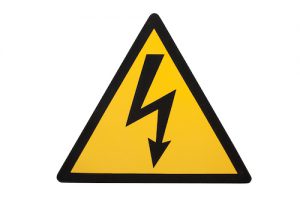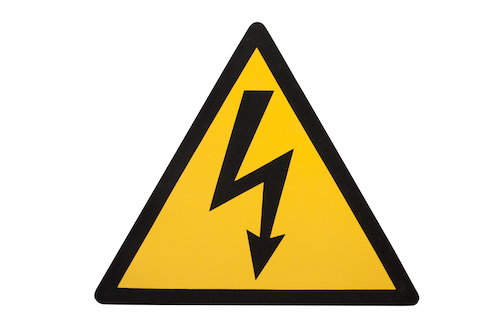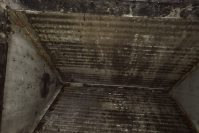 Routine maintenance is an obligation that all homeowners must attend to. Inspections can lead to small repairs, or no changes needed, but they may also save your family from a disaster. According to the Electrical Safety Foundation International, “Electrical distribution systems are the third leading cause of home structure fires.” It’s estimated that 500 people die in home electrical fires each year. It’s important to protect your family, and your home, from a tragedy like this. A professional inspection of your electrical system will check for the following items.
Routine maintenance is an obligation that all homeowners must attend to. Inspections can lead to small repairs, or no changes needed, but they may also save your family from a disaster. According to the Electrical Safety Foundation International, “Electrical distribution systems are the third leading cause of home structure fires.” It’s estimated that 500 people die in home electrical fires each year. It’s important to protect your family, and your home, from a tragedy like this. A professional inspection of your electrical system will check for the following items.
Cloth Covered Wires
Homes built before 1960 often used a cloth-covered wiring system. Copper wires were covered in either cotton or rayon and came either with or without a ground conductor. If you are experiencing power failures, the insulation of these wires may need to be replaced. The other issue with cloth-covered wires is that they were sometimes installed with knob-and-tube wiring. This type of wiring poses safety hazards for your home because there are inadequate ground conductors. Additionally, it may be difficult to get insurance on older homes with knob-and-tube wiring so, in most cases, it must be replaced.
Aluminum Branch Wiring
From about 1965 to 1972, many new homes were built with aluminum wiring. This wiring can be a fire hazard because the metal can expand and fret at the connections, which can cause overheating at the outlets and switches. This over-heating can cause fires without tripping a breaker. The U.S. Consumer Product Safety Commission says that “homes wired with aluminum wire manufactured before 1972 are 55 times more likely to have one or more connections reach ‘Fire Hazard Conditions’ than are homes wired with copper.” While not all aluminum wires are dangerous (aluminum wiring is still used today), it’s best to have a professional inspect the aluminum wiring in your home to determine its safety and potentially recommend its replacement.
GFCI Outlets
Ground Fault Circuit Interrupter (GFCI) Protected outlets prevent electrocutions. They are normally located in kitchens, bathrooms, garages, and unfinished basements. This type of outlet is constantly monitoring the flow of electricity to help detect disruptions in the current. GFCI outlets have two buttons: a test button and a reset button. If these outlets were installed before 2006, to test them properly you may need a circuit tester to make sure they are still functioning. In the newer outlets, the tester was designed to work until they need replacement. If you are having trouble with a GFCI outlet tripping, it may be time to have the outlet inspected and possibly replaced.
Related Read: Electrical Safety TIps All Homes Should Follow
AFCI
An Arc Fault Circuit Interrupter (AFCI) is an outlet and circuit breaker that trips when it detects a dangerous electric arc or a high level of electrical flow in the circuit it protects. It does this in order to prevent electrical fires. The US National Electrical Code has required AFCI breakers to protect most residential outlets since 2014. If your home’s electrical system needs any updates, these outlets and breakers should be installed.
The safety of your family, and the long-term value of your home is at stake when regular inspections of the systems in your home do not occur. A certified Jeremy Electrical safety inspection can give you peace of mind that your family and home are protected from electrical fire hazards.






